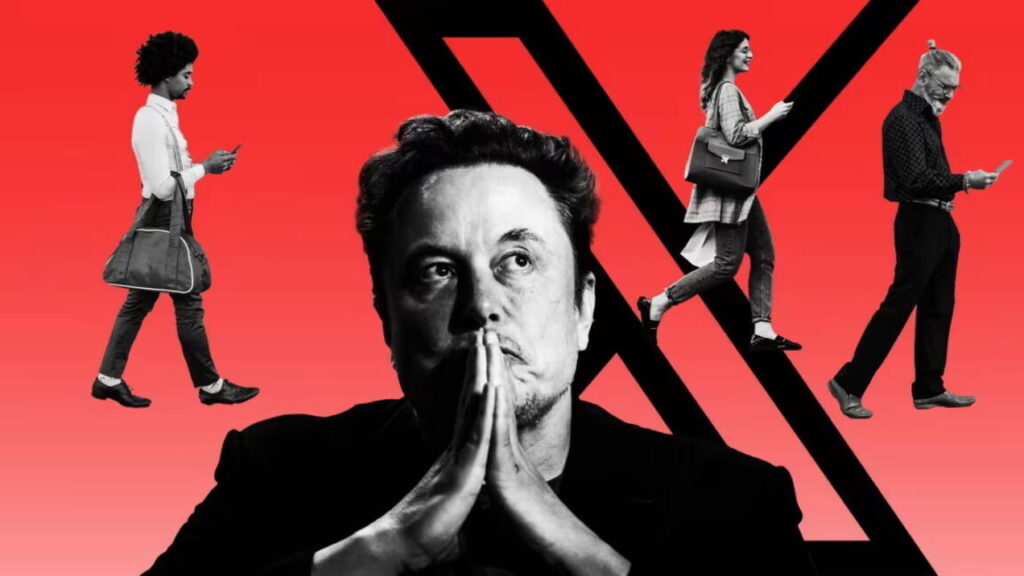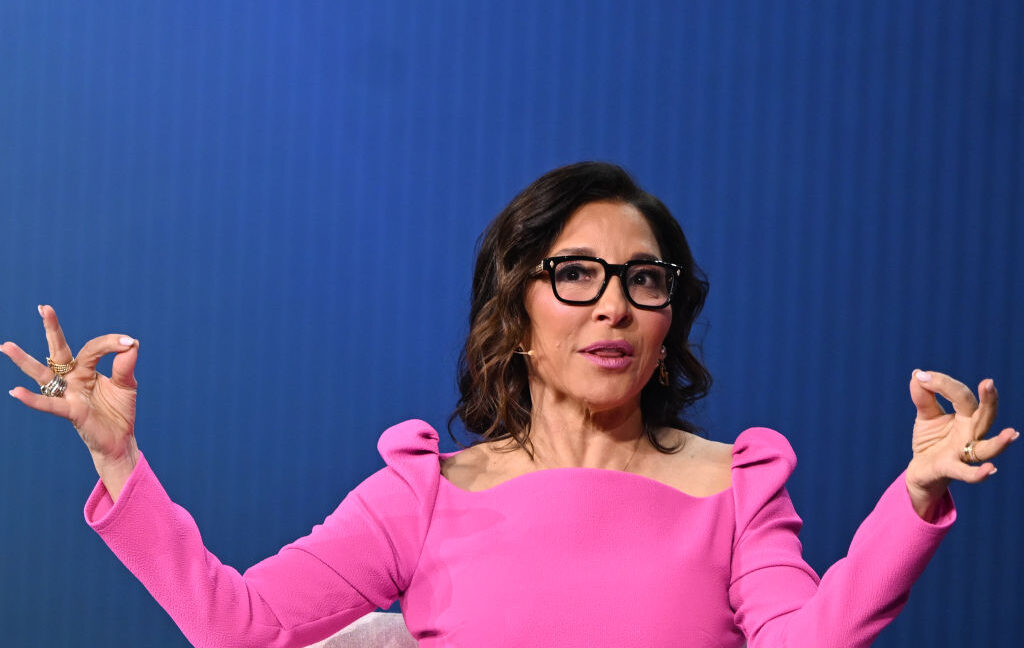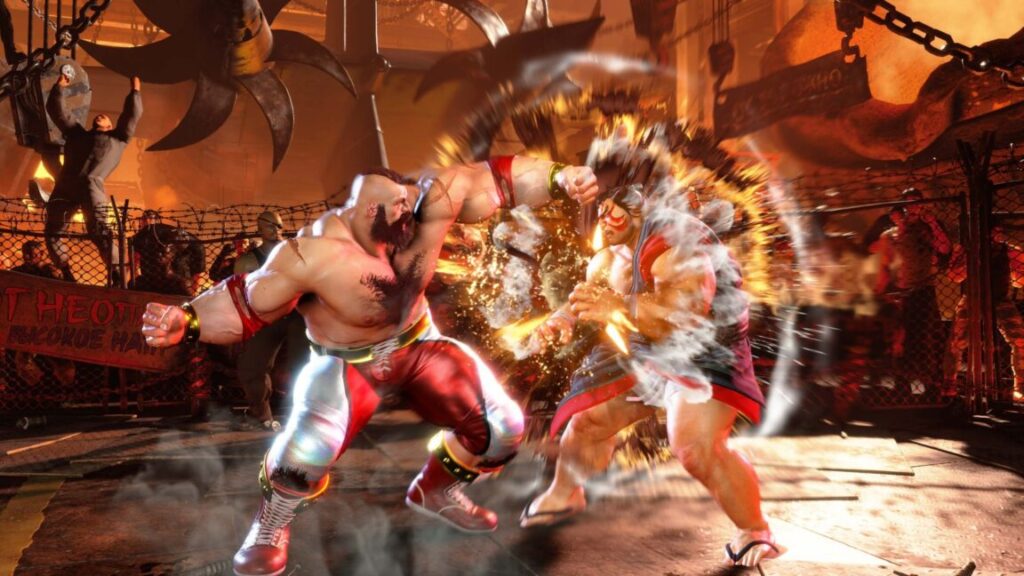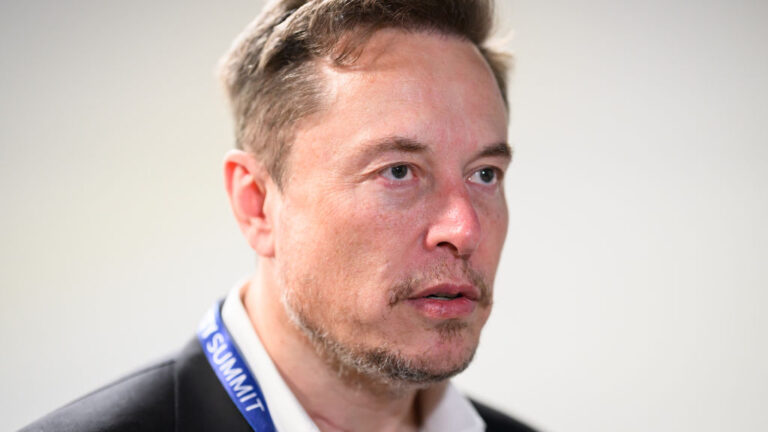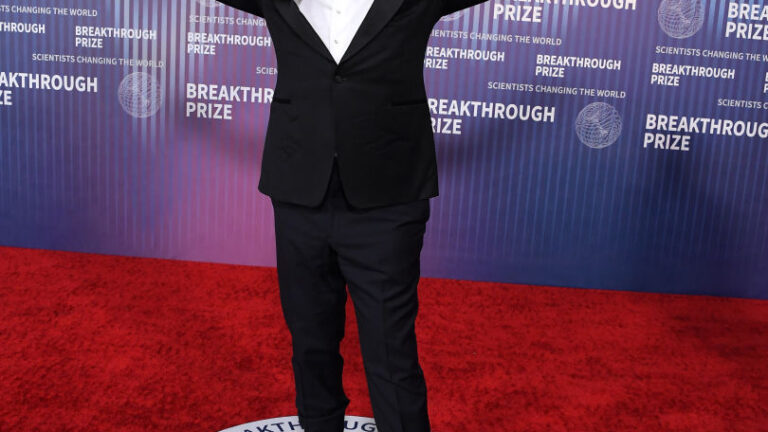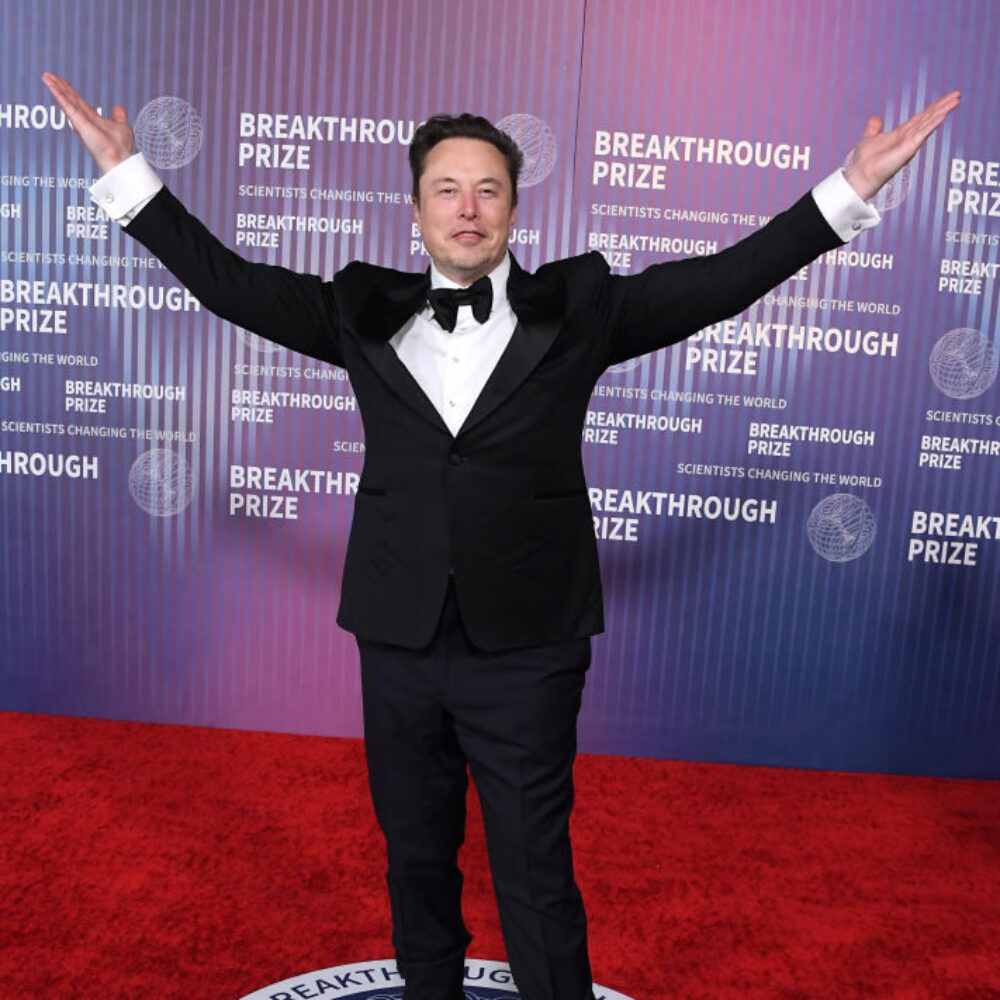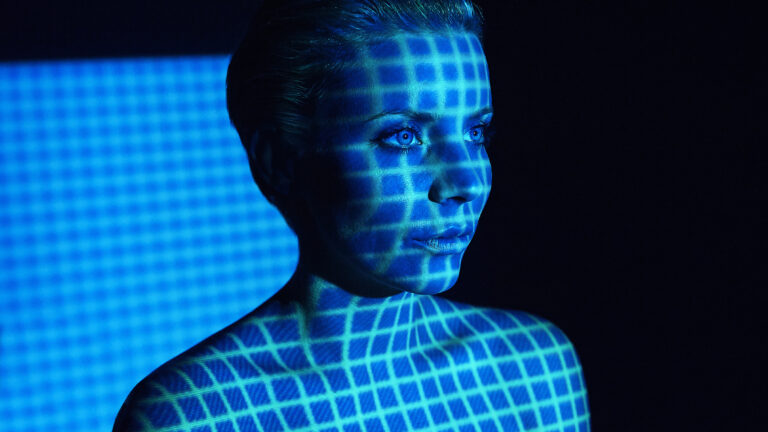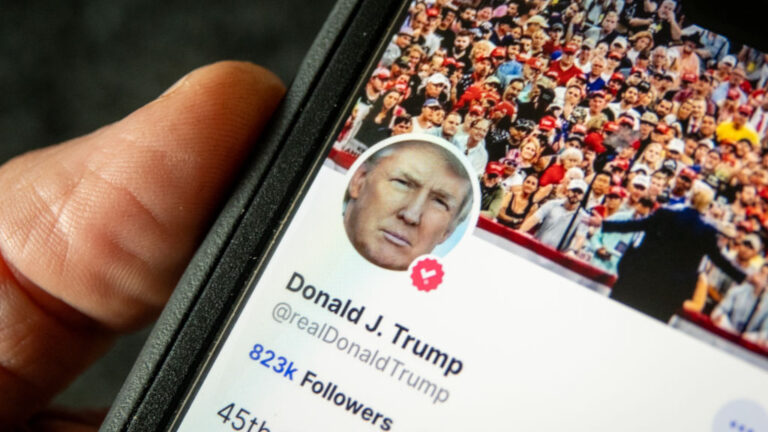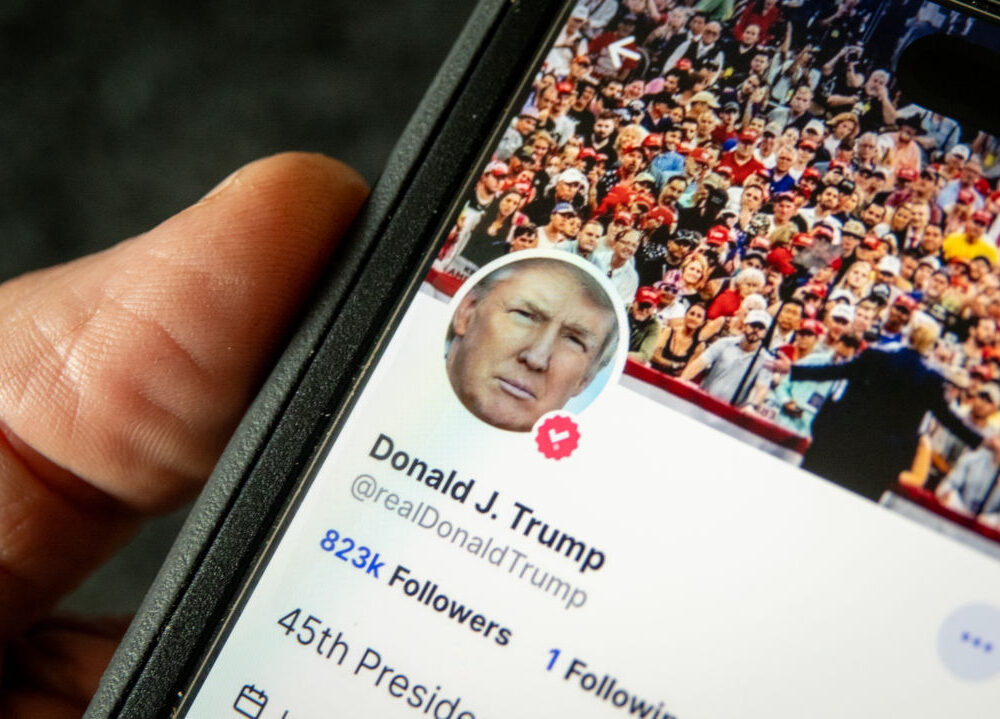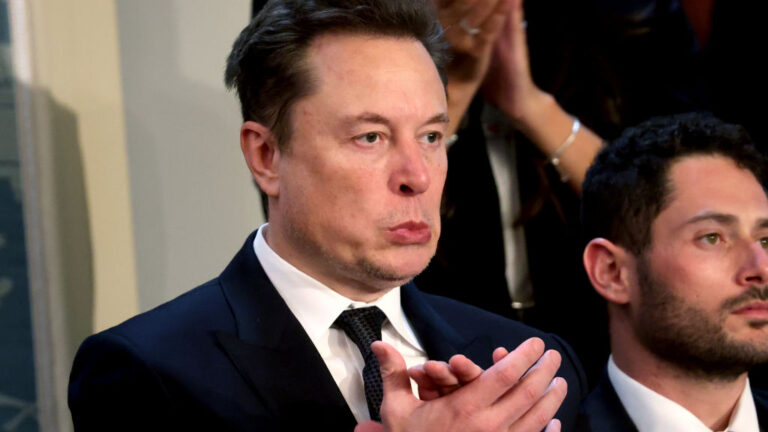But producers argued that defense is “not credible” since Tesla explicitly asked to use the Blade Runner 2049 image, and there are “better” films in WBD’s library to promote Musk’s message, like the Mad Max movies.
“But those movies don’t have massive consumer goodwill specifically around really cool-looking (Academy Award-winning) artificially intelligent, autonomous cars,” the complaint said, accusing Musk of stealing the image when it wasn’t given to him.
If Tesla and WBD are found to have violated copyright and false representation laws, that potentially puts both companies on the hook for damages that cover not just copyright fines but also Alcon’s lost profits and reputation damage after the alleged “massive economic theft.”
Musk responds to Blade Runner suit
Alcon suspects that Musk believed that Blade Runner 2049 was eligible to be used at the event under the WBD agreement, not knowing that WBD never had “any non-domestic rights or permissions for the Picture.”
Once Musk requested to use the Blade Runner imagery, Alcon alleged that WBD scrambled to secure rights by obscuring the very lucrative “larger brand affiliation proposal” by positioning their ask as a request for much less expensive “clip licensing.”
After Alcon rejected the proposal outright, WBD told Tesla that the affiliation in the event could not occur because X planned to livestream the event globally. But even though Tesla and X allegedly knew that the affiliation was rejected, Musk appears to have charged ahead with the event as planned.
“It all exuded an odor of thinly contrived excuse to link Tesla’s cybercab to strong Hollywood brands,” Alcon’s complaint said. “Which of course is exactly what it was.”
Alcon is hoping a jury will find Tesla, Musk, and WBD violated laws. Producers have asked for an injunction stopping Tesla from using any Blade Runner imagery in its promotional or advertising campaigns. They also want a disclaimer slapped on the livestreamed event video on X, noting that the Blade Runner association is “false or misleading.”
For Musk, a ban on linking Blade Runner to his car company may feel bleak. Last year, he touted the Cybertruck as an “armored personnel carrier from the future—what Bladerunner would have driven.” This amused many Blade Runner fans, as Gizmodo noted, because there never was a character named “Bladerunner,” but rather that was just a job title for the film’s hero Deckard.
In response to the lawsuit, Musk took to X to post what Blade Runner fans—who rated the 2017 movie as 88 percent fresh on Rotten Tomatoes—might consider a polarizing take, replying, “That movie sucks” on a post calling out Alcon’s lawsuit as “absurd.”

